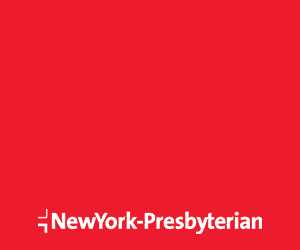In a nutshell
This study aimed to investigate the safety and effectiveness of nelarabine (Arranon) in young patients with newly diagnosed T cell acute lymphoblastic leukemia.
This study concluded that nelarabine improves disease-free survival for these patients without increasing toxicity.
Some background
A standard treatment for patients with acute lymphoblastic leukemia is the augmented Berlin-Frankfurt-Muenster (ABFM) regimen. The ABFM regimen involves different chemotherapy drugs at different doses. The stages involved are induction, protocol, re-induction, and maintenance.
Nelarabine is a chemotherapy drug used in the treatment of T-cell acute lymphoblastic leukemia (T-ALL). It is effective in inducing remission in patients with relapsed and unresponsive T-ALL. However, it was unknown if nelarabine added to the ABFM treatment was safe and effective in newly diagnosed patients with T-ALL.
Methods & findings
This study involved 1562 patients with T-ALL aged 1 to 31 years. Patients received the ABFM regimen with escalating-dose methotrexate (MTX; Otrexup) without folinic acid (leucovorin) rescue plus pegaspargase (Oncaspar) – C-MTX or high-dose MTX with leucovorin rescue – HD-MTX. 323 patients were treated with nelarabine incorporated into ABFM. 336 patients did not receive nelarabine. Patients were followed up for at least 3 years.
The 5-year disease-free survival (DFS) rate was 88.2% with nelarabine compared to 82.1% without nelarabine. The 5-year overall survival rate was 90.3% with nelarabine compared to 87.9% for those who did not receive nelarabine.
The most effective treatment was C-MTX plus nelarabine with a 5-year DFS of 91.4%. DFS for C-MTX without nelarabine was 87.2%. For the HD-MTX group, those who received nelarabine had a DFS of 85.5% compared to 78.1% for those who did not receive nelarabine.
1.3% of patients who received nelarabine had a relapse in the central nervous system (CNS; brain and spinal cord) compared to 6.9% of patients who did not receive nelarabine.
Side effects were similar between the nelarabine and the no-nelarabine group.
The bottom line
This study concluded that adding nelarabine to ABFM treatment improved DFS for young patients with newly diagnosed T-ALL without increasing toxicity.
The fine print
This study received funding from multiple Pharma companies, including the one manufacturing nelarabine.
Published By :
Journal of clinical oncology
Date :
Aug 19, 2020








